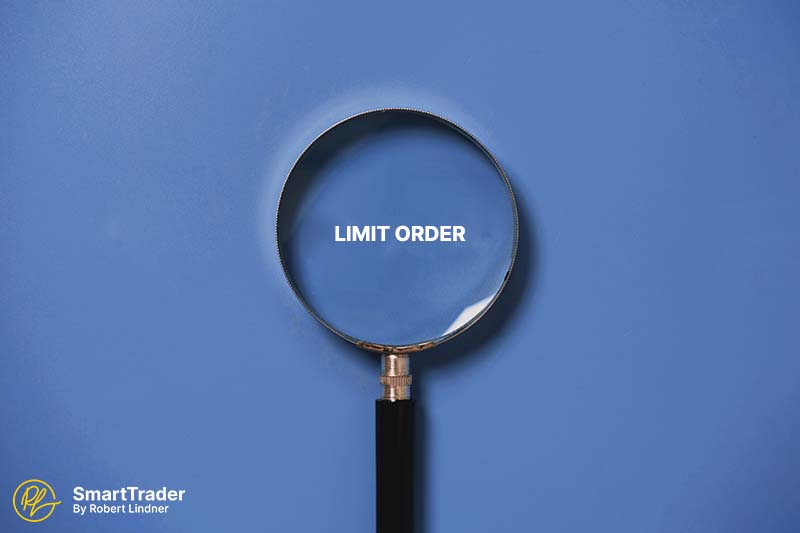[ˈlɪmɪt ˈɔːdə(r)]
A limit order is a type of order to buy or sell a security (such as a stock, bond, or option) at a specific price or better.
What is Limit Order?
A limit order is a specific instruction given by an investor to a broker or an exchange to execute a trade for buying or selling a security, which could be a stock, bond, option, or other financial instrument, at a predetermined price or at a better price than the current market price. In a limit order, the trader specifies a price that he or she is willing to pay (in the case of a buy order) or receive (in the case of a sell order) for the security.
Limit orders can be useful for investors who want to buy or sell a security at a specific price, or who want to limit their exposure to losses by setting a price at which they are willing to exit a trade. They can also be used to take advantage of short-term price movements or to protect against unexpected price swings.
Key Takeaways
- Limit orders allow traders to control the price at which they buy or sell a security. This helps them to avoid paying more than they want to buy a security or receiving less than they want to sell a security.
- When an investor places a limit order, they know the maximum or minimum price at which the order will be executed. This provides them with price certainty and helps them to plan their trading strategies accordingly.
- If the market price moves beyond the specified price of a limit order, the order may not be executed. This means that the trader could miss an opportunity to buy or sell the security if the price moves quickly.
- Limit orders are flexible in terms of their duration and can be valid for a specific period of time or until canceled by the trader.
- Limit orders can help traders to manage risk by setting a price at which they are willing to enter or exit a trade. This can be useful in volatile markets where prices can fluctuate rapidly, allowing traders to protect their investments and limit their losses.
Example of Limit Order
A trader wants to buy shares of XYZ Company, which is currently trading at $50 per share. The trader believes that the stock is a good value at $45 per share and wants to buy it if the price drops to that level. The trader can place a limit order with a buy limit at $45 per share.
If the price of XYZ Company falls to $45 or below, the buy limit order will be triggered, and the trader's broker will execute the order at or below the $45 limit price. However, if the price of the stock does not drop to $45 or below, the order will not be executed.
In this way, the trader has set a maximum price that they are willing to pay for the stock, thereby controlling the price at which they enter the trade. The limit order also allows the trader to avoid overpaying for the stock if the market price is higher than their limit price.
Back to Glossary.




